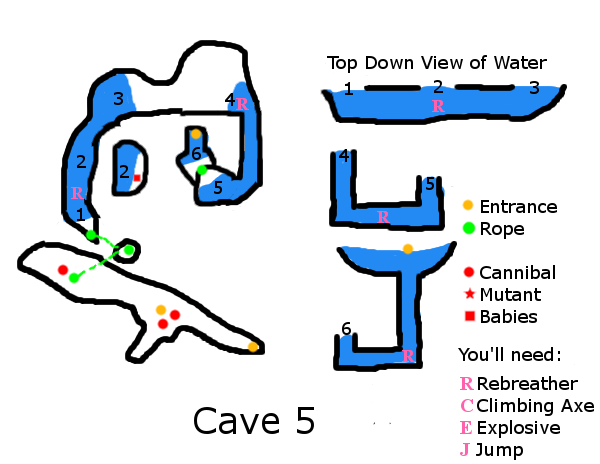
A common point of criticism from reviewers was that the high cost of the game relative to its short length might deter players from purchasing the title, but some reviews proposed that Limbo had an ideal length. Limbo received critical acclaim, but its minimal story polarised critics some critics found the open-ended work to have deeper meaning that tied well with the game's mechanics, while others believed the lack of significant plot and abrupt ending detracted from the game. Based on its aesthetics, reviewers classified Limbo as an example of video games as an art form. Journalists praised the dark presentation, describing the work as comparable to film noir and German Expressionism. The game is presented in black-and-white tones, using lighting, film grain effects and minimal ambient sounds to create an eerie atmosphere often associated with the horror genre.

Playdead called the style of play "trial and death", and used gruesome imagery for the boy's deaths to steer the player from unworkable solutions. The developer built the game's puzzles expecting the player to fail before finding the correct solution. The player guides an unnamed boy through dangerous environments and traps as he searches for his sister. Limbo is a 2D side-scroller, incorporating a physics system that governs environmental objects and the player character. The game was released in July 2010 on Xbox Live Arcade, and has since been ported by Playdead to several other systems, including the PlayStation 3, Linux and Microsoft Windows. If you wish to dive deeper into this thought process you can access the Microsoft published resources below.Limbo is a puzzle- platform video game developed by independent studio Playdead and originally published by Microsoft Game Studios for Xbox 360. Examples include Help Desk and computer support administratorsīecause they can impact the integrity of almost any user data. Tier 2 administrator accounts have administrative control of a significant amount of business value that is hosted on user workstations and devices. Tier 2Ĭontrol of user workstations and devices. A common example role is server administrators who maintain these operating systems with the ability to impact all enterprise services. Tier 1 administrator accounts have administrative control of a significant amount of business value that is hosted Tier 1 assets include server operating systems, cloud services, and enterprise applications. Tier 1Ĭontrol of enterprise servers and applications.

Security sensitivity of all Tier 0 assets is equivalent as they are all effectively in control of each other. Tier 0 includes accounts, groups, and other assets that have direct or indirect administrative control of the Active Directory forest, domains, or domain controllers, and all the assets in it. The Tier model is composed of three levels and only includes administrative accounts, not standard user accounts: Tier 0ĭirect Control of enterprise identities in the environment.
The forest wiki settings contrast full#
The purpose of this tiered model is to protect identity systems using a set of buffer zones between full control of the Environment (Tier 0) and the high-risk workstation assets that attackersįrequently compromise. It is based on an Active Directory administrative tier model design. The Enhanced Security Administrative Environment (ESAE) offering is designed to help thwart a critical element of these credential theft attacks by limiting exposure of administrative credentials. The ESAE leveragesĪdvanced technologies and recommended practices to provide an administrative environment and workstations with enhanced security protection.

When you hear a coworker, a system administrator, or anyone else start talking about the Active Directory Red Forest level they are actually identifying the jargon for "Enhanced Security Administrative Environment" also known as ESAE.


 0 kommentar(er)
0 kommentar(er)
